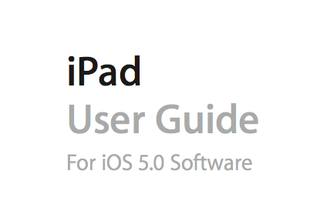Well, isaokato.com stays but the underlying platform has changed. The previous version was based on Typepad and the new version is based on WordPress, the most robust blogging platform in the market (and it’s free). In the eyes of the PC-era, the two platforms offer the same functionality. But when you browse them using your smartphone, you can see the difference. WordPress websites automatically reformats its appearance according to the browsing media: laptop, iPad, iPhone. Typepad websites don’t.
Typepad was the creation of creators: Ben and Mena Trott, the godfathers of blogging (in my eyes). The reason I jumped on the Typepad wagon back in the early 2000s was: (1) It offered an easy blogging solution for laymen—no self-hosting, no complicated programming, nada. (2) It offered an opportunity to financially contribute to the people who gave you an indispensable tool—for free (Movable Type blogging platform).
Time flies: now there are plenty of blogging platforms around (WordPress, Blogger, Tumblr, and Facebook/Twitter in a broader sense). Typepad was acquired by an advertising company. I lost my two reasons to stick with Typepad. On top of that, Typepad did little (in my eyes) to catch up with the rest of the world. Loading a page was slow and usability sucked when accessed from smartphones. I tried everything I could to fix whatever was broken: installing widgets, external SEO help, and good old complaints. I searched online to get hints from people having similar issues with Typepad, and got a brilliant solution: ditch it.
Although moving a blog hosting site sounds simple in theory, it actually can be a nightmare. Well, in today’s entrepreneurial society, there are always people who turn a crisis into an opportunity. A company called Foliovision offers a one-stop-shopping transfer package from Typepad to WordPress. It turned out to be one of the few successful impulse shopping in my life. Foliovision’s team did not just transfer texts—they kept the images, comments, and most importantly, the paths to that all previous posts would remain alive.
So here I am, in the new WordPress platform. It works great—there is a reason why TechCrunch is based on this platform—and I will be writing here. Thank you, Typepad. Welcome, WordPress.
P.S. By the way, if you are looking for a really, really easy blogging platform, Tumblr should be your solution. I put short pieces of quotes, videos, and news clips in my Tumblr account.
Update: I have consolidated everything into a self-hosted WordPress.org website. isaokato.com remains alive, and all other blog accounts, including Tumblr, will be canceled or will not be updated anymore.













